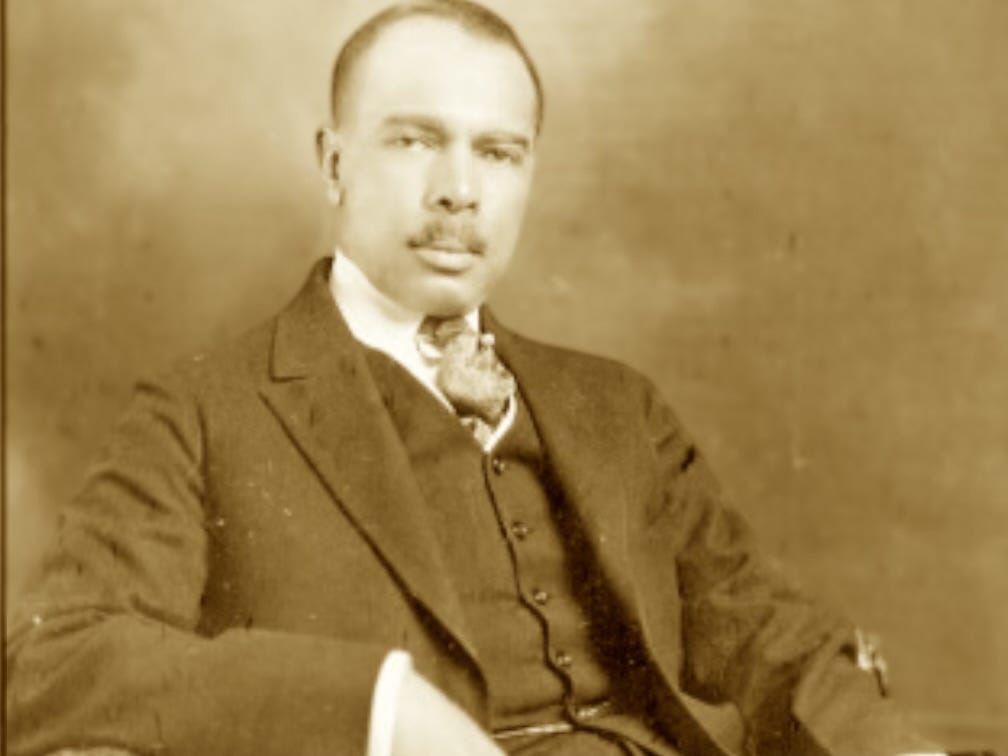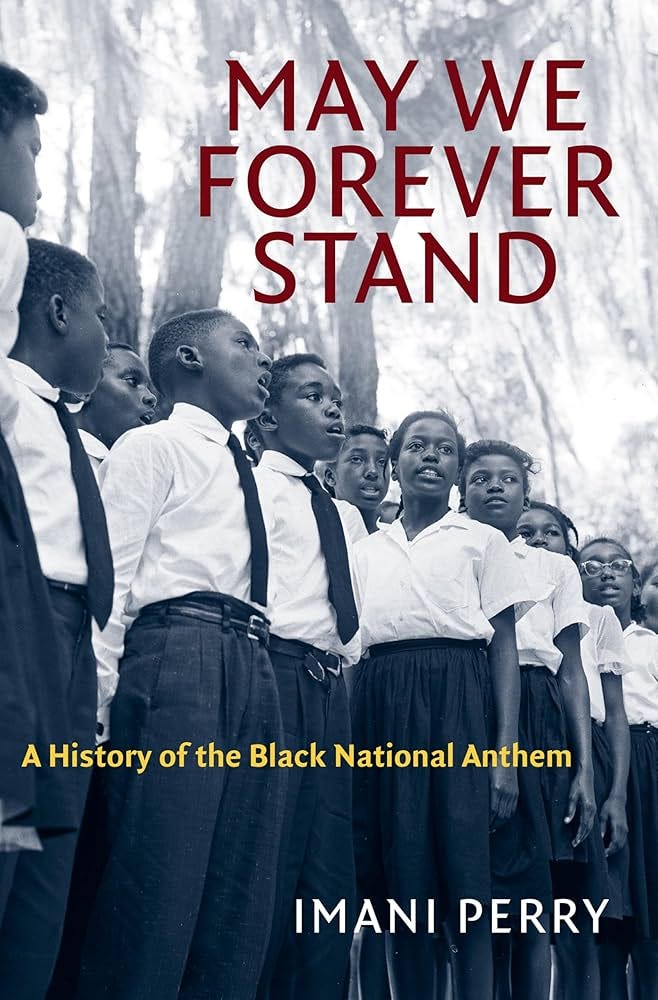Few songs carry the weight of history like Lift Every Voice and Sing. More than just a hymn, it is a spiritual, a rallying cry, a declaration of faith, and a resistance song wrapped into one.
Known as the Black National Anthem, this musical gem has echoed through the corridors of time—from segregated school houses to civil rights marches, from church pews to Carnegie Hall, from the deep South to the Oval Office.
The song’s power lies not just in its lyrics or melody but in the profound truth that Black history is a symphony of survival, defiance, and hope.
At the heart of this anthem’s legacy stands James Weldon Johnson, the brilliant mind who penned its lyrics. Johnson was not just a poet, but a visionary—a man who saw the interconnectedness of art, activism, and the unyielding fight for Black freedom.
His life is a testament to the very spirit embodied in Lift Every Voice and Sing—one of perseverance in the face of oppression, intellect as a tool of liberation, and culture as a weapon against erasure.
The Making of a Literary and Civil Rights Giant
Born in 1871 in Jacksonville, Florida, Johnson was raised in a household that valued education, literature, and music—three forces that would shape his life’s work.
His mother, Helen Louise Dillet, a musician and educator of Bahamian descent, instilled in him a love of language and the arts. His father, James Johnson, a preacher and head waiter at a luxury hotel, modeled dignity in the face of a society that sought to diminish Black excellence.
Determined to forge a path of intellectual and professional achievement, Johnson attended Atlanta University, one of the premier Black institutions of the time.
After graduating in 1894, he returned to Jacksonville to become the principal of Stanton School, the same institution his mother had once taught at. Under his leadership, the school expanded into a full K-12 institution—a revolutionary move at a time when Black education was under constant threat.
But Johnson was not content with simply being an educator. He studied law on the side and in 1897 became Florida’s first Black lawyer, breaking yet another barrier in a system designed to keep Black professionals out of the legal field.
Even as he pursued law and education, Johnson’s true passion remained writing. In the midst of the racial hostility of post-Reconstruction America, he understood that literature, poetry, and music were more than art forms—they were lifelines for a people whose stories were being erased.
In 1899, he channeled that understanding into the creation of a poem that would become immortal: Lift Every Voice and Sing.
The Genesis of the Black National Anthem
In February 1900, to commemorate Abraham Lincoln’s birthday, James Weldon Johnson wrote Lift Every Voice and Sing and his brother, John Rosamond Johnson, composed the music.
Sung for the first time by a choir of Black schoolchildren at Stanton School, the song was immediately recognized as something greater than a performance—it was a prayer, a pledge, a prophecy.
The lyrics spoke of a history of suffering—the “stony road” and “chastening rod” of enslavement and segregation. But it also carried a message of unbreakable faith—a people “marching on till victory is won.”
The anthem was a declaration of resilience, a song that reminded Black Americans that their journey was still unfolding, and that their future, despite the brutality of Jim Crow, was their own to claim.
The song spread quickly, adopted by Black communities across the country. By 1919, the NAACP had formally declared Lift Every Voice and Sing the Negro National Anthem, and it became a staple at protests, churches, and political gatherings.
It was a song of mourning and resistance, of joy and celebration—one that would remain relevant through every era of Black struggle.
James Weldon Johnson: The Literary and Political Powerhouse
Johnson’s impact, however, extended far beyond this anthem. He went on to have a prolific career as a writer, publishing poetry, anthologies, and his groundbreaking novel The Autobiography of an Ex-Colored Man (1912), which explored the complexities of racial identity in America.
His literary prowess was matched by his political acumen. In 1917, he joined the NAACP, becoming one of its most powerful voices. He traveled to Memphis to document the lynching of Ell Person, writing a gut-wrenching account that exposed the horrors of white mob violence.
His investigations into racial terrorism led to the coining of the term “Red Summer”, referring to the violent race riots of 1919 that saw dozens of Black communities attacked by white supremacists.
By 1920, Johnson was the NAACP’s Executive Secretary, leading the organization to new heights. He fought tirelessly for federal anti-lynching legislation, including the Dyer Anti-Lynching Bill of 1921, which, although it failed in the Senate, laid the groundwork for future civil rights victories.
After his time with the NAACP, Johnson continued to shape Black intellectual thought, becoming a professor at New York University and later Fisk University, a historically Black college. He remained an advocate for racial justice until his untimely death in 1938 in a tragic car accident.
The Legacy of the Black National Anthem
More than a century after it was first sung, Lift Every Voice and Sing remains a cornerstone of Black identity and struggle. The song has been performed by icons like Aretha Franklin, Beyoncé, Ray Charles, and the Harlem Boys Choir.
It has been sung at civil rights rallies and presidential inaugurations. In 2020, amid the resurgence of the Black Lives Matter movement, the song took on new urgency, echoing through protests, sports arenas, and even Congress.
Imani Perry’s May We Forever Stand: A Masterful Tribute
For those seeking a deeper understanding of the anthem’s historical and cultural significance, Imani Perry’s book May We Forever Stand: A History of the Black National Anthem is an essential read. Perry masterfully traces the journey of Lift Every Voice and Sing, exploring how it became intertwined with the long fight for Black liberation.
In it, she provides a sweeping yet intimate portrait of the ways Black Americans have used music as an instrument of resilience, organizing, mourning, and celebration.
Perry’s work situates the anthem within the broader context of Black social movements—from the struggles of the early 20th century to the rise of Black power and the ongoing fights for racial justice today.
With rich storytelling and rigorous scholarship, she illuminates how this song, more than any other, has served as a unifying force in the Black American experience.
May We Forever Stand
James Weldon Johnson understood that the fight for justice is long and arduous. He gave Black America a song that acknowledges the wounds of the past while illuminating the path forward. Lift Every Voice and Sing is not just an anthem—it is a reminder, a ritual, and a revolutionary act.
To sing this song is to honor our ancestors’ struggles and triumphs. It is to affirm that, despite everything, Black people in America are still here, still fighting, still rising.
And as long as the journey continues, may we indeed forever stand.
Join us today as a paid member supporter. Or feel free to tip me some coffeehouse love here if you feel so inclined.
Your contributions are appreciated!
Every bit counts as I strive to deliver high quality feature articles into your inbox on a regular basis. Never any paywalls, just the opportunity to foster community, connection, and conversation one book at a time.







Thank you. 🙏 this is a song I don’t feel I’ve heard before. This is the history I wish we’d learned in school. It creates a bridge of understanding and honoring of those that shaped our history whether we were aware of it or not. I appreciate that I’m getting to see it now.